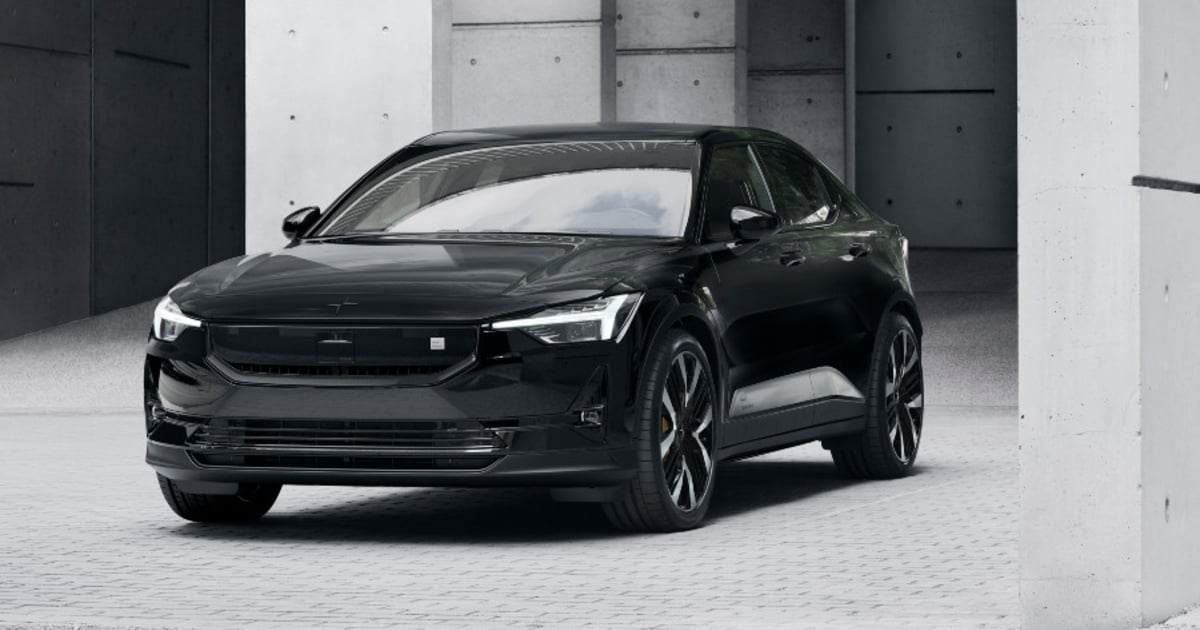
Electric vehicle pioneer Tesla has trimmed some of its sticker prices to capture an even larger share of the U.S. EV market. But one of the segment’s newest entrants — Swedish electric brand Polestar — has no intention of chasing the front-runner.
Polestar CEO Thomas Ingenlath told analysts Thursday on an earnings call that his focus is carving out a niche in the higher-margin, luxury end of the EV market.
While Tesla “is very much concentrating to go mass market in the future to compete with the likes of Volkswagen and Toyota, Polestar’s ambition is to go fully into this premium, luxury sports car segment,” Ingenlath said. “We are not aiming to produce 10 million cars per year.”
Ingenlath’s approach is pragmatic.
Polestar has neither the brand awareness nor the profit margin to launch into a market share war with segment heavyweights Tesla and Ford. The Volvo affiliate began delivering its first and only mass-market EV, the Polestar 2 fastback, in 2020.
But a trio of more powerful, higher-priced models aimed at the U.S. market will arrive over the next three years and should bolster Polestar’s foothold in the luxury EV space.
The Polestar 3 midsize crossover lands in U.S. stores in Q4 and will start at $85,300, including shipping. The Porsche Cayenne-size utility model is built on a new Volvo-developed electric platform and sports a Polestar-inspired design.
Next year, the automaker will debut a second crossover — the sporty Polestar 4. The Polestar 5 large sedan follows in 2025, and the Polestar 6 roadster a year later.
Polestar’s product portfolio aspires competitively to rival Porsche, not Tesla, Ingenlath said.
“We will move our product portfolio upmarket and explore that end,” he said. “We are keen on developing desirable cars that offer great tech and design, and they have their price.”
Ingenlath pointed to the 2024 Polestar 2, which arrives in the third quarter and delivers more power and range, a new drive configuration and revised front fascia.
Polestar’s chief has another reason to avoid a price war — protecting residual values and avoiding ticking off existing customers.
Tesla’s decision to slash prices by as much as 20 percent drew protests from some customers who saw the resale value of their cars dinged.
Ensuring customers have a “stable, reliable value with this car, that is [the] premium strategy that we are determined to follow,” Ingenlath said.
The Polestar 3 will begin production in China this year, with U.S. output starting in mid-2024 at Volvo’s factory in Charleston, S.C.
But the U.S.-assembled crossover won’t qualify for a $7,500 federal EV tax credit, Ingenlath confirmed on the call.
The crossover will launch in a “heavily equipped luxury specification” that puts it beyond the tax credit’s $80,000 eligibility price cap for new light trucks.
“At this time, we are pleased with the order intake and do not see the need to lower the price, which would [affect] our margin,” Ingenlath said.
But the CEO left the door open for an entry-priced, less-equipped Polestar 3 variant that could qualify for the EV tax credit.
“That is something that we look upon in the future,” he said.